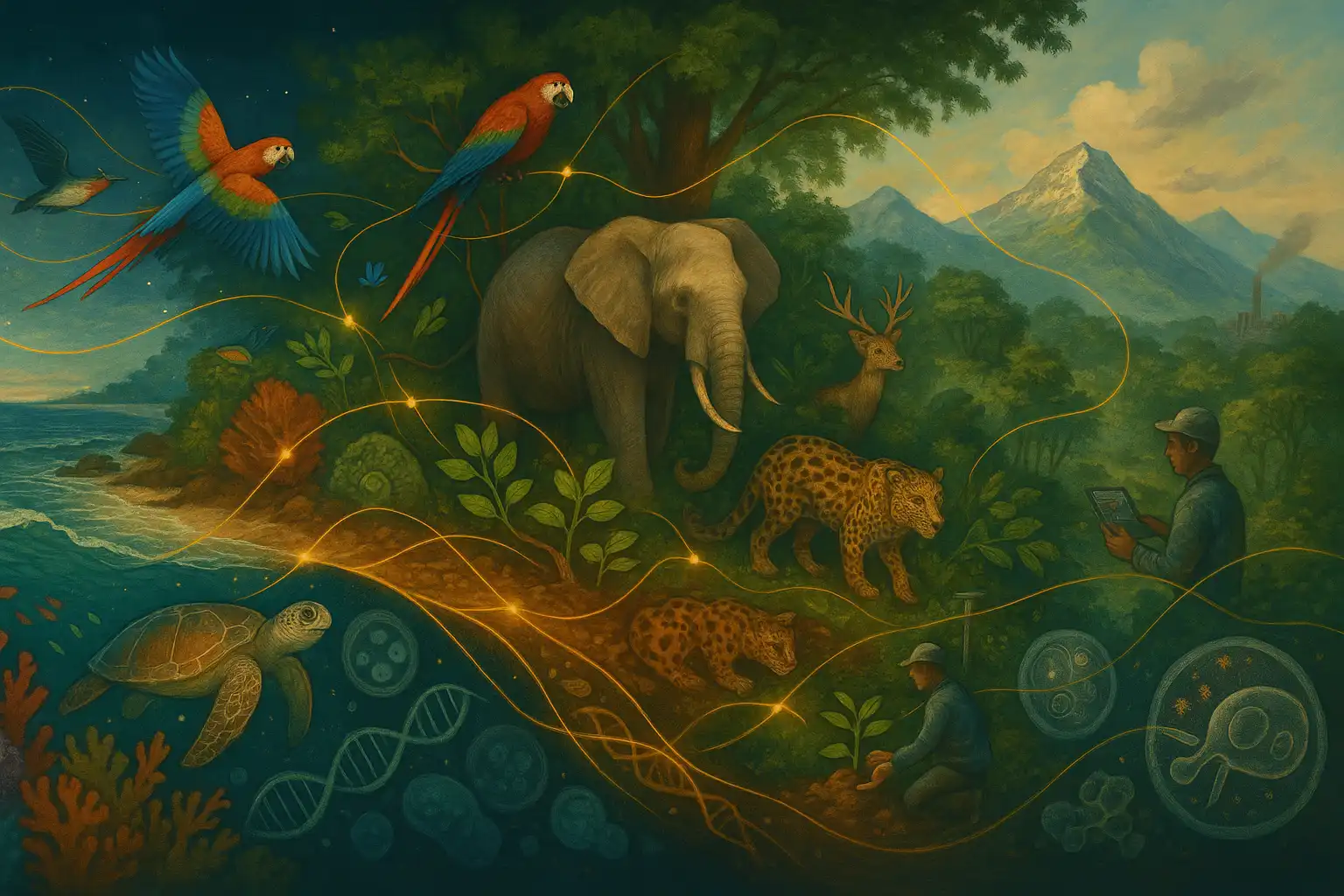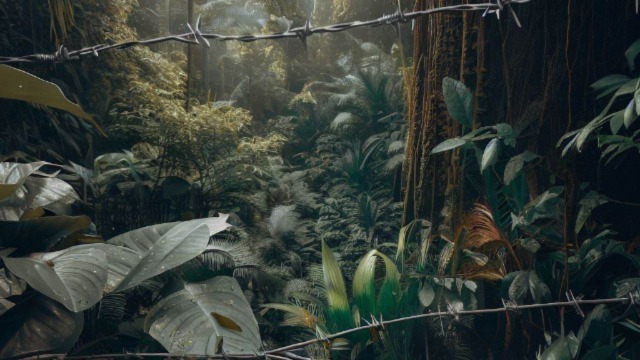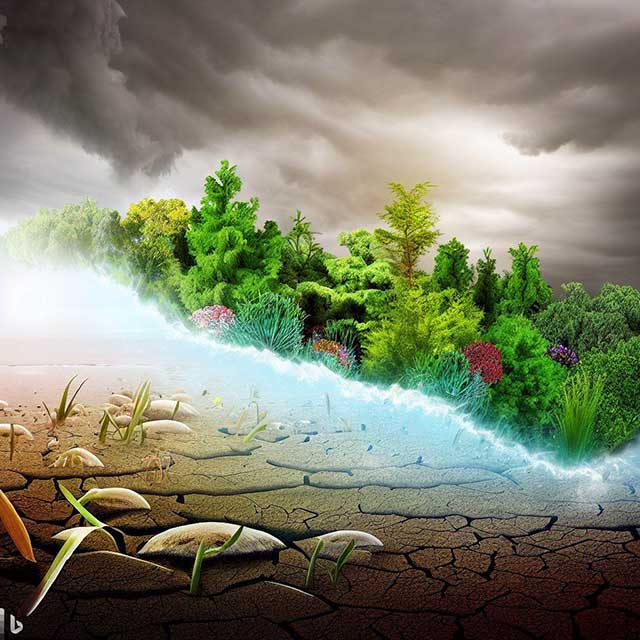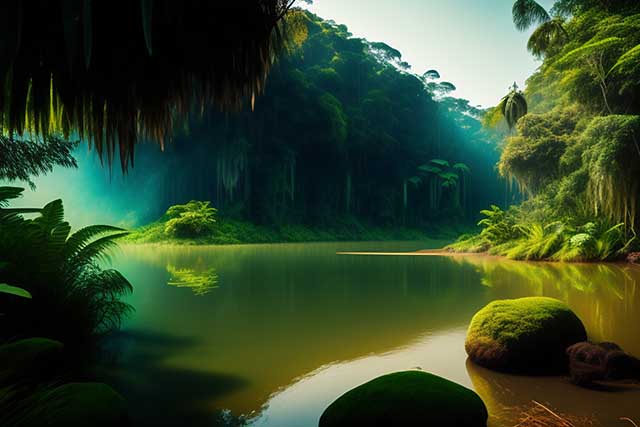- Deforestation as a Cause of Biodiversity Loss
- Explanation of deforestation
- The impact of deforestation on biodiversity
- Examples of species affected by deforestation
- Climate Change and its Impact on Biodiversity
- Explanation of climate change
- The impact of climate change on biodiversity
- Examples of species affected by climate change
- Intersection of Deforestation and Climate Change
- How deforestation and climate change interact
- The combined impact of deforestation and climate change on biodiversity
- Why addressing deforestation and climate change is crucial for biodiversity preservation
- Conclusion
- Recap of the main causes of biodiversity loss
- The need for immediate action to address biodiversity loss
- The importance of addressing deforestation and climate change for biodiversity preservation
I. Introduction
Biodiversity loss is a topic that has been at the forefront of environmental discussions for many years now. The significance of biodiversity can never be overstated as it is essential for maintaining the balance of our planet’s ecosystem. The purpose of this article is to delve into the causes of biodiversity loss and understand the reasons behind its decline.
A. Definition of Biodiversity Loss
Biodiversity loss refers to the decrease in the variety of plant and animal species in a given ecosystem. This loss can occur due to several reasons including habitat destruction, climate change, pollution, overfishing, and other human activities. The disappearance of a single species can have a ripple effect on the entire ecosystem, leading to a decline in the overall diversity of life on Earth.
B. Importance of Biodiversity
Biodiversity plays a crucial role in maintaining the health of our planet. It provides us with the food we eat, the air we breathe, and the water we drink. The variety of species in an ecosystem also contributes to its stability and resilience. By preserving biodiversity, we can ensure that future generations have access to the resources they need to survive and thrive.
C. Purpose of the Article
In this article, we will be exploring the different causes of biodiversity loss and the impact they have on our planet’s ecosystems. We will also discuss the ways in which we can preserve biodiversity and ensure that our planet remains healthy for generations to come. Whether you are an environmental enthusiast or just someone who cares about the future of our planet, this article is for you.
II. Deforestation as a Cause of Biodiversity Loss
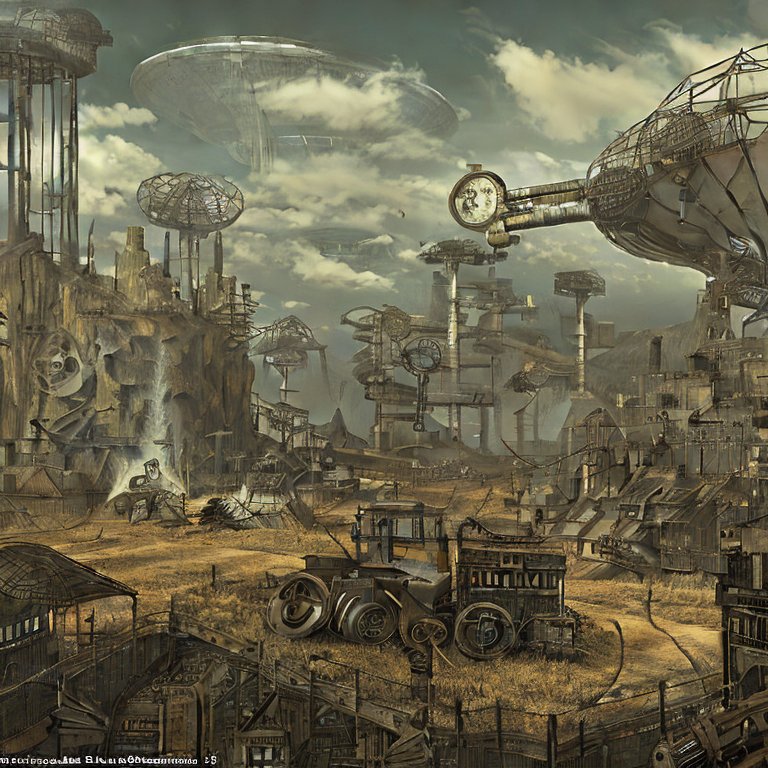 Deforestation is a widespread issue that is having a profound impact on the world’s ecosystems and the biodiversity they support. The loss of forests and other natural habitats is having far-reaching consequences, not only for the environment but for the millions of people who depend on these areas for their livelihoods.
Deforestation is a widespread issue that is having a profound impact on the world’s ecosystems and the biodiversity they support. The loss of forests and other natural habitats is having far-reaching consequences, not only for the environment but for the millions of people who depend on these areas for their livelihoods.
A. Explanation of Deforestation
Deforestation refers to the permanent removal of forests and other natural habitats, usually for commercial purposes such as agriculture, mining, or urban development. The widespread destruction of forests has a direct impact on the environment, as it removes vital habitats for countless species of plants and animals.
B. The Impact of Deforestation on Biodiversity
The impact of deforestation on biodiversity is significant. When forests are destroyed, many species of plants and animals lose their homes, leading to a decline in their populations. This, in turn, affects the entire ecosystem, causing a domino effect that can lead to the loss of countless other species. In addition, deforestation can alter the climate and soil quality, making it difficult for other species to thrive in the area.
C. Examples of Species Affected by Deforestation
Deforestation is affecting a wide range of species, including many that are already at risk of extinction. For example, the orangutan, which is found in the rainforests of Southeast Asia, is critically endangered due to habitat loss caused by deforestation. The Amazon rainforest is home to countless species of plants and animals that are also under threat from deforestation. From jaguars to toucans, the impact of deforestation on biodiversity is far-reaching and often devastating.
It is clear that deforestation is having a profound impact on the world’s ecosystems and the species that rely on them for survival. By working to reduce deforestation, we can help to protect biodiversity and ensure that the planet remains a healthy and thriving place for generations to come.
III. Climate Change and its Impact on Biodiversity
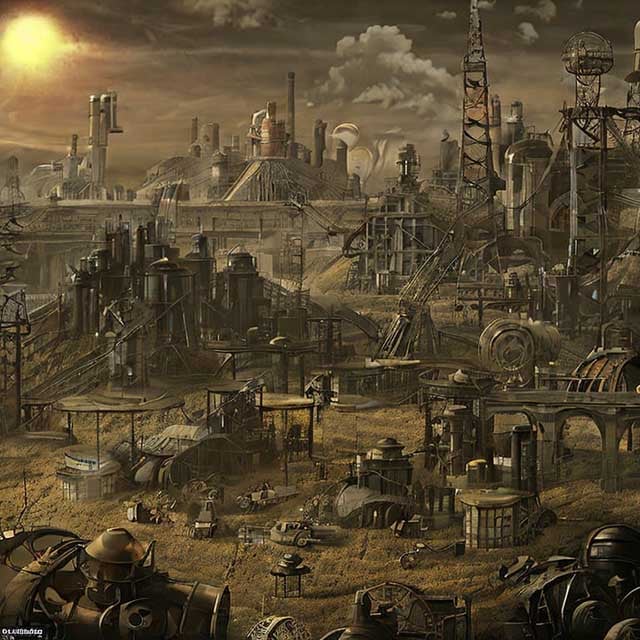 Climate change is one of the most pressing environmental issues of our time, and its impact on biodiversity is significant. The rise in global temperatures is causing ecosystems to shift and species to migrate, leading to a decline in biodiversity across the planet.
Climate change is one of the most pressing environmental issues of our time, and its impact on biodiversity is significant. The rise in global temperatures is causing ecosystems to shift and species to migrate, leading to a decline in biodiversity across the planet.
A. Explanation of Climate Change
Climate change refers to the long-term changes in the Earth’s climate, including an increase in global temperatures, changes in precipitation patterns, and rising sea levels. These changes are driven by human activities, such as the burning of fossil fuels, deforestation, and agriculture.
B. The Impact of Climate Change on Biodiversity
The impact of climate change on biodiversity is far-reaching. As temperatures rise, species are forced to migrate to new areas to find the conditions they need to survive. This can cause disruptions to entire ecosystems, leading to declines in biodiversity. In addition, rising sea levels are causing habitats to shrink, making it difficult for species to find the resources they need to survive.
C. Examples of Species Affected by Climate Change
Climate change is affecting a wide range of species, from polar bears in the Arctic to sea turtles in the tropics. For example, the polar bear, which relies on sea ice for hunting, is facing a decline in population as sea ice melts and becomes increasingly scarce. Coral reefs, which are home to countless species of plants and animals, are also under threat as ocean temperatures rise and cause bleaching events.
The impact of climate change on biodiversity is a serious concern, and it is imperative that we take action to address this issue. By reducing our carbon footprint and working to slow the pace of climate change, we can help to protect biodiversity and ensure that our planet remains a healthy and thriving place for generations to come.
IV. The Intersection of Deforestation and Climate Change
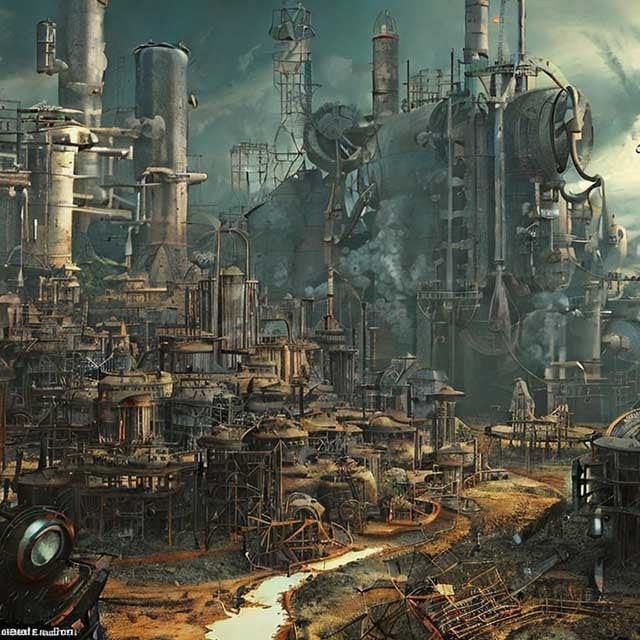 Deforestation and climate change are two of the biggest environmental challenges facing the world today, and their intersection is having a profound impact on biodiversity. By understanding how these two issues interact, we can better appreciate the urgency of addressing them both.
Deforestation and climate change are two of the biggest environmental challenges facing the world today, and their intersection is having a profound impact on biodiversity. By understanding how these two issues interact, we can better appreciate the urgency of addressing them both.
A. How Deforestation and Climate Change Interact
Deforestation and climate change are closely linked. The destruction of forests releases carbon dioxide into the atmosphere, contributing to the rise in global temperatures and exacerbating the effects of climate change. In addition, deforestation alters the natural balance of ecosystems, making them more vulnerable to the impacts of climate change.
B. The Combined Impact of Deforestation and Climate Change on Biodiversity
The combined impact of deforestation and climate change on biodiversity is significant. The loss of habitats due to deforestation, combined with the shifts in climate and ecosystems caused by climate change, is leading to declines in biodiversity across the planet. This, in turn, affects the entire food chain, from the smallest plants to the largest predators.
C. Why Addressing Deforestation and Climate Change is Crucial for Biodiversity Preservation
Addressing deforestation and climate change is crucial for biodiversity preservation. By reducing deforestation, we can help to slow the pace of climate change and protect the habitats of countless species of plants and animals. By addressing climate change, we can help to reduce the impacts of rising temperatures and shifting ecosystems on biodiversity.
The intersection of deforestation and climate change is having a profound impact on biodiversity. By addressing these issues, we can help to protect the world’s ecosystems and the species that rely on them for survival. The time to act is now, and we must all do our part to ensure that our planet remains a healthy and thriving place for generations to come.
V. Conclusion: Understanding Biodiversity Loss
Biodiversity loss is a major environmental issue, with numerous causes and far-reaching consequences. In this article, we have explored two of the main causes of biodiversity loss: deforestation and climate change. These issues are closely linked, and their intersection is having a profound impact on the world's ecosystems and the species that rely on them for survival.
A. Recap of the Main Causes of Biodiversity Loss
Deforestation and climate change are two of the main causes of biodiversity loss. Deforestation destroys habitats and disrupts ecosystems, while climate change is causing shifts in habitats and leading to declines in biodiversity. The combined impact of these two issues is significant, and it is imperative that we take action to address them.
B. The Need for Immediate Action to Address Biodiversity Loss
The need for immediate action to address biodiversity loss cannot be overstated. Biodiversity is essential for the health and stability of our planet's ecosystems, and the loss of species can have far-reaching consequences for the entire food chain. By taking steps to address deforestation and climate change, we can help to slow the pace of biodiversity loss and protect the habitats of countless species of plants and animals.
C. The Importance of Addressing Deforestation and Climate Change for Biodiversity Preservation
The importance of addressing deforestation and climate change for biodiversity preservation cannot be overstated. By reducing deforestation and addressing climate change, we can help to protect habitats and reduce the impacts of rising temperatures and shifting ecosystems on biodiversity. This is essential for the health and stability of our planet, and it is a responsibility that we all share.
Biodiversity loss is a major environmental issue with numerous causes and far-reaching consequences. The need for immediate action to address this issue cannot be overstated, and addressing deforestation and climate change is crucial for biodiversity preservation. By working together, we can help to protect our planet's ecosystems and the species that rely on them for survival.
